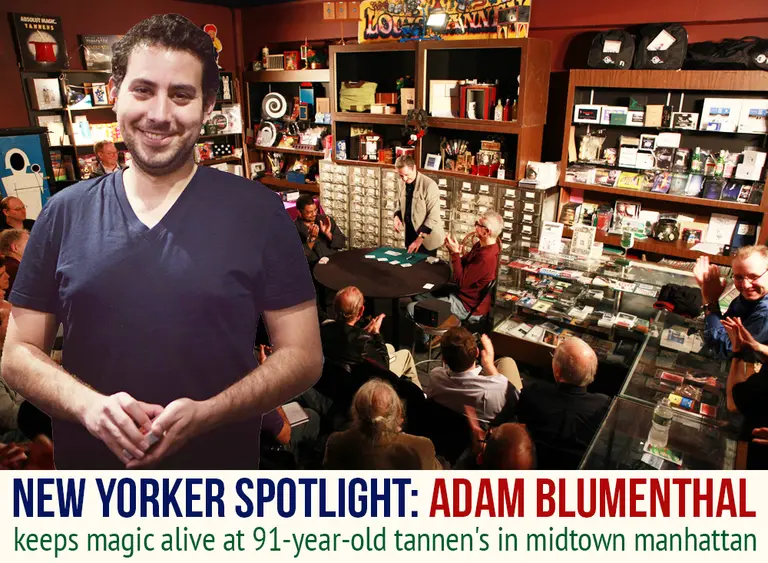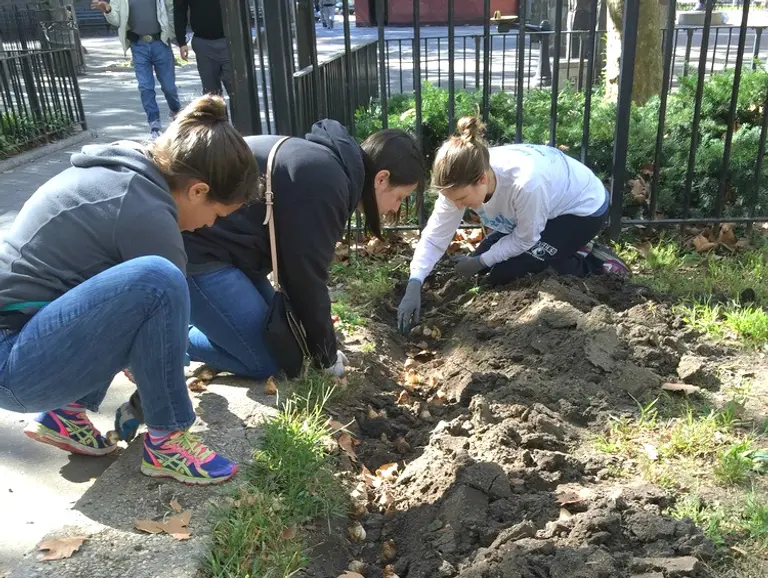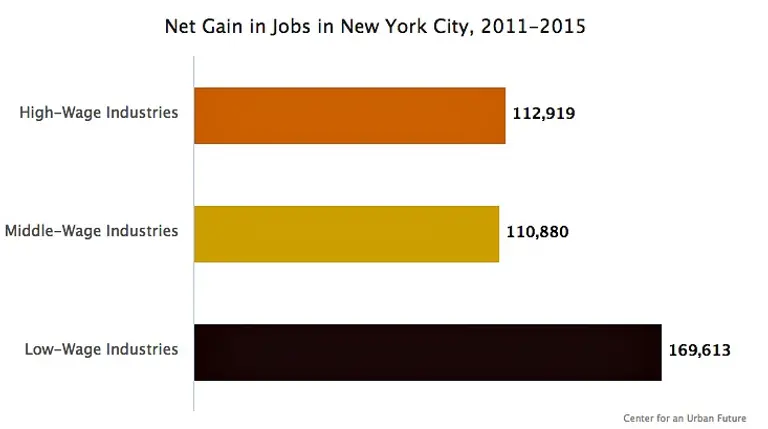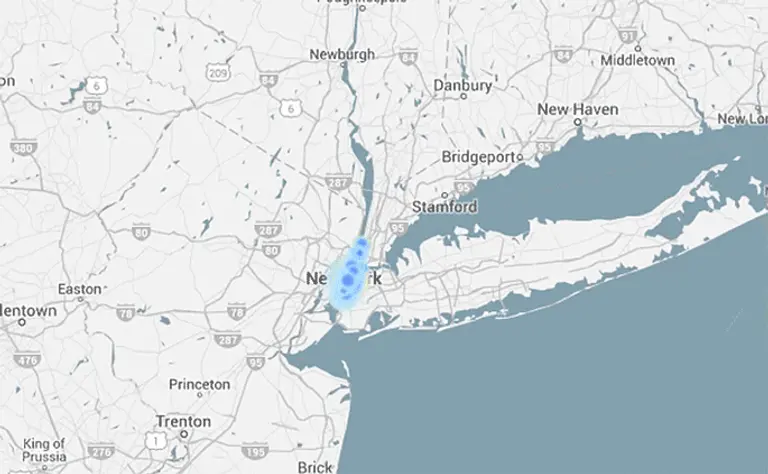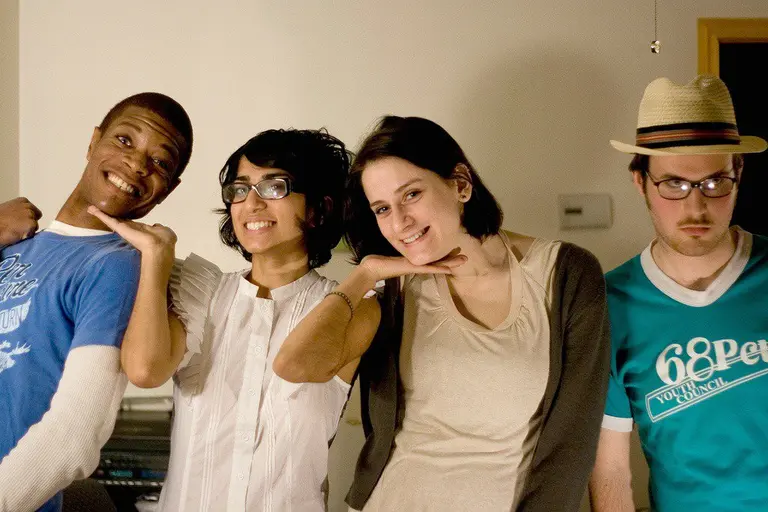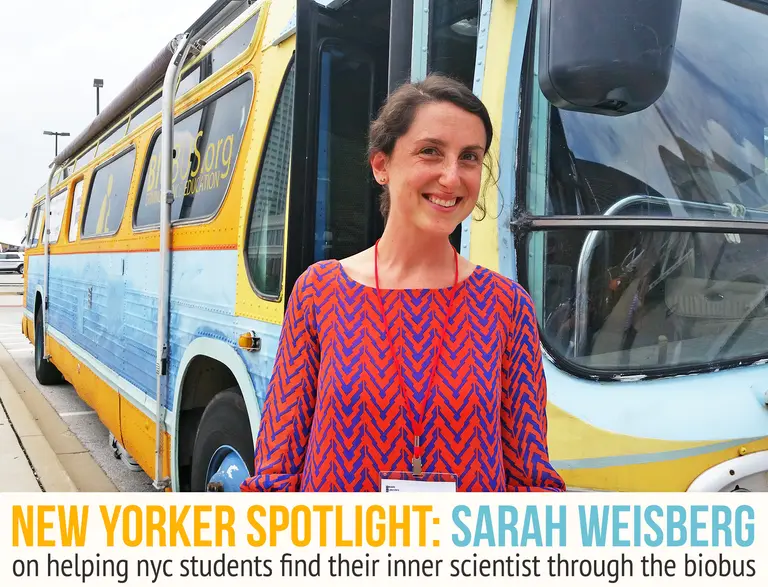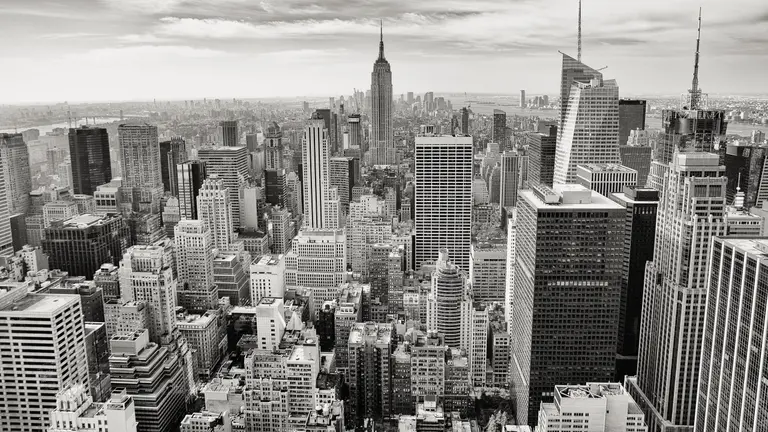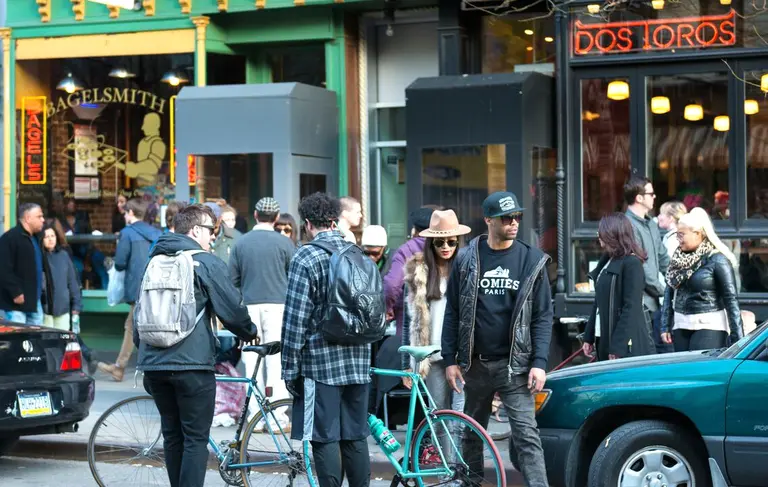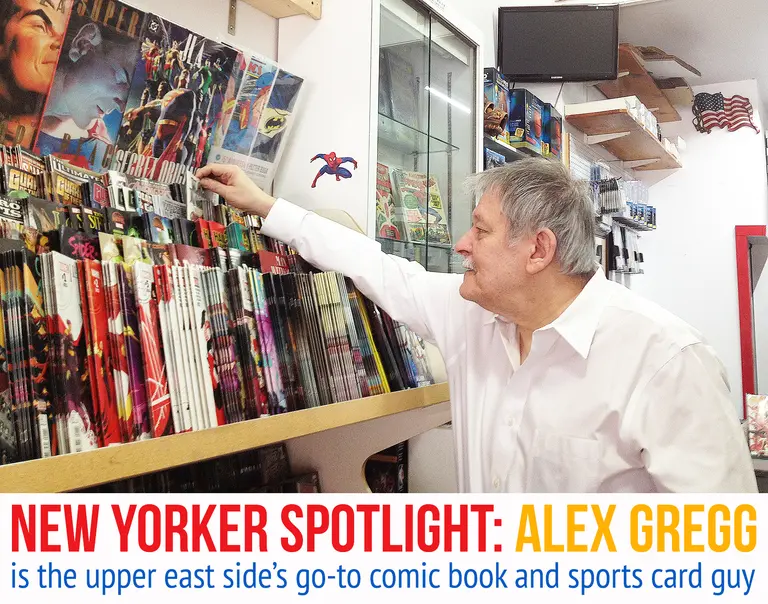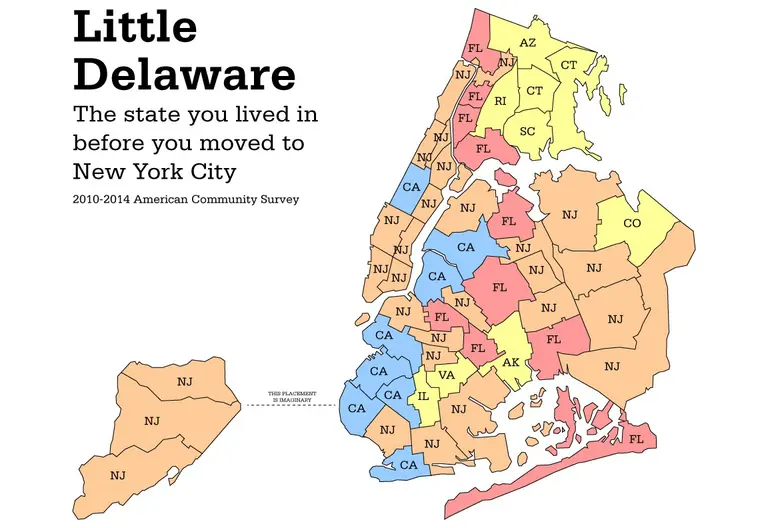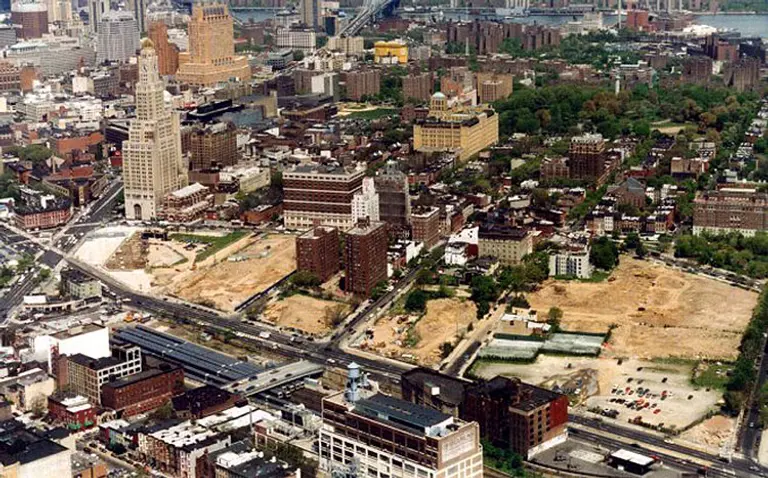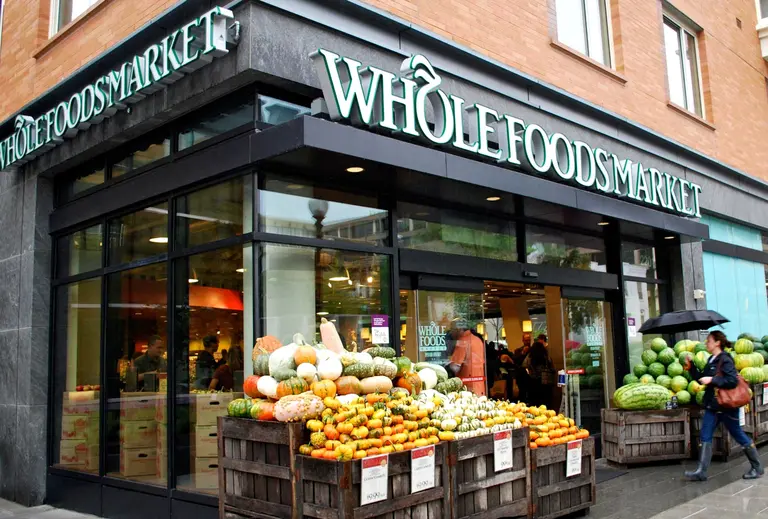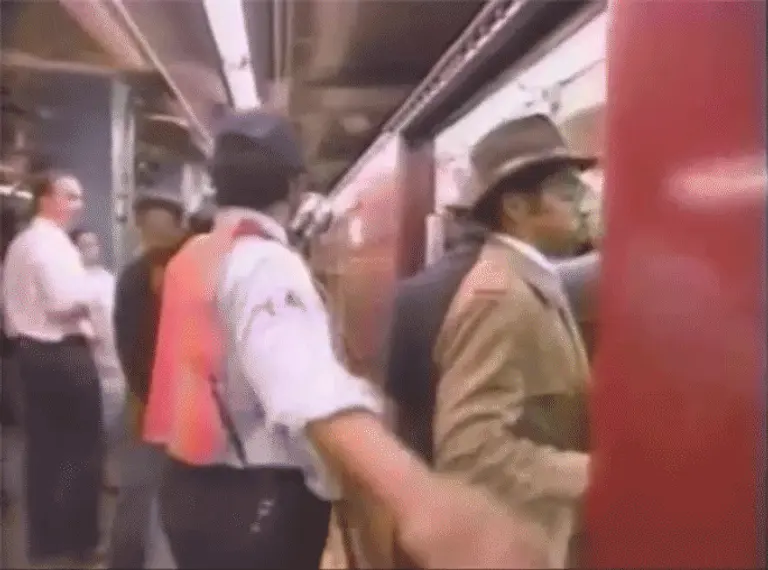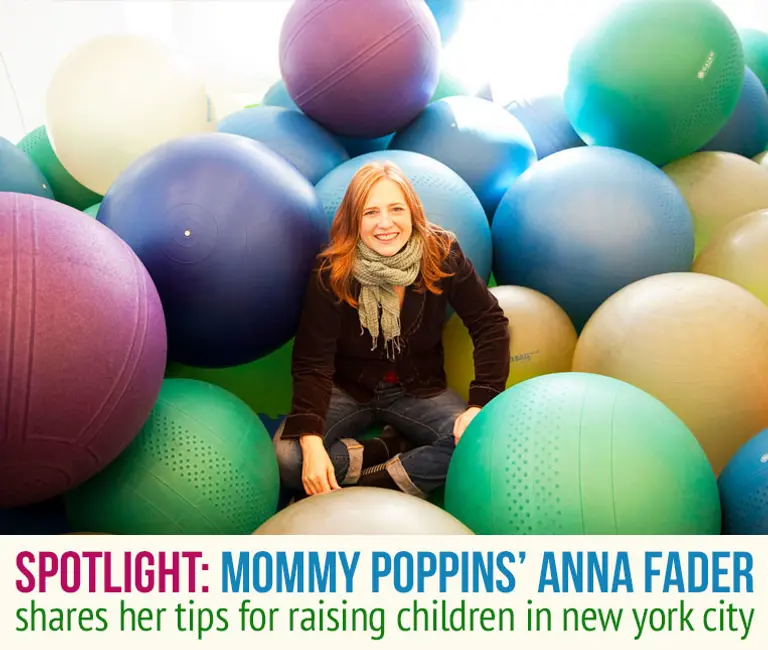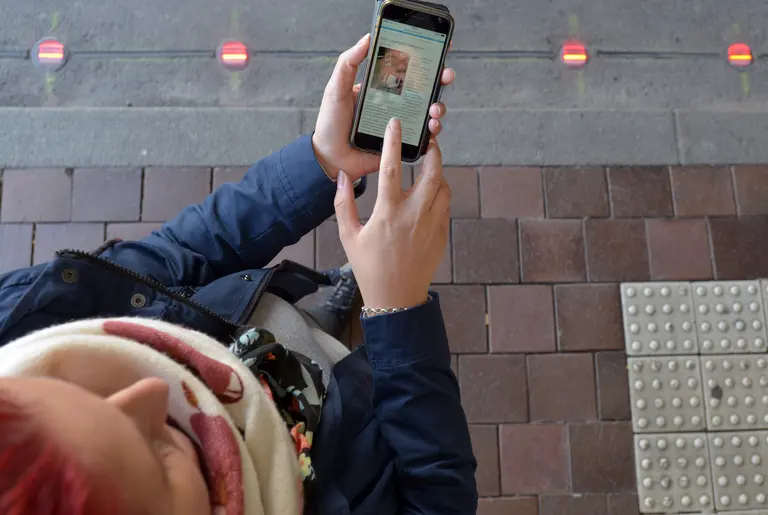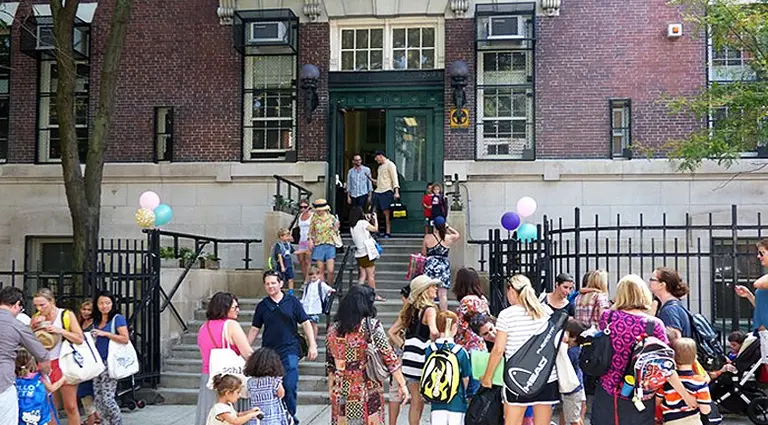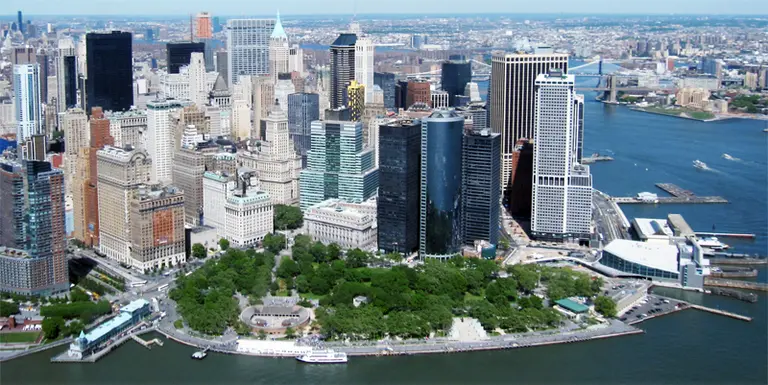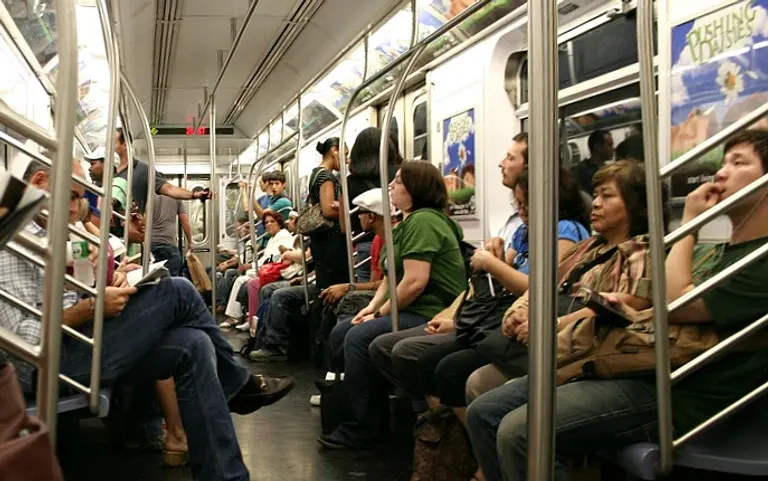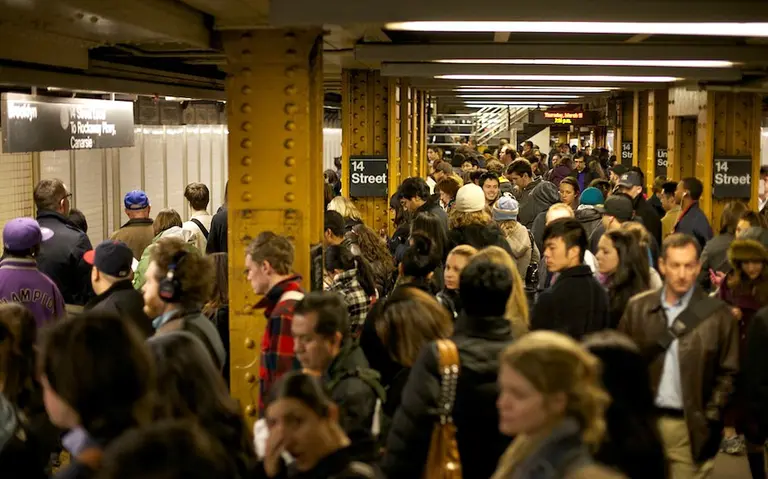May 25, 2016
The lack of affordability in New York is typically, and justly, blamed on skyrocketing rents, but when it comes to the middle class it might be more closely tied to a lack of jobs. The Wall Street Journal shares a new report from the Center for an Urban Future, which finds that "while the city added a record number of jobs since 2011, middle-wage industries paying between $40,000 and $80,000 a year added the fewest positions, and a lot of those were temp jobs." Additionally, middle-wage jobs lost the most employees. Low-wage industries (paying under $40,000) such as restaurants and home health care services disproportionately added the most jobs.
However, the report also points to a few factors that may indicate a comeback for the middle class. For one, middle-wage industries accounted for three of the eight sectors with a net gain of at least 10,000 jobs since 2011. These are employment services, building equipment contractors, and colleges/universities, respectively. In total, 23 middle-wage sectors added at least 1,000 jobs during this time, not far off from the low-wage sector's 24 and high-wage's 28. But are these figures enough to give the middle class staying power?
Cast your vote here!

